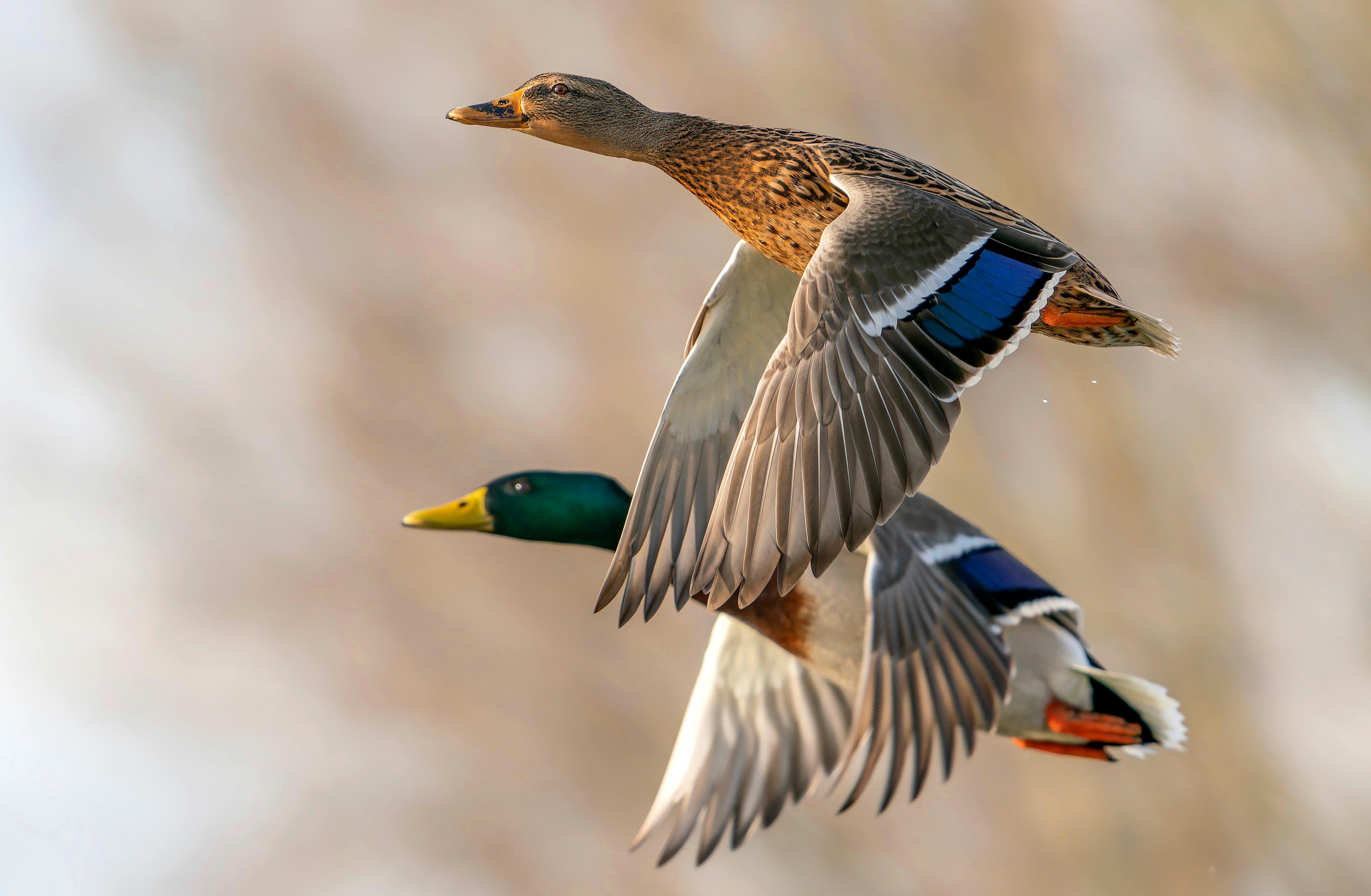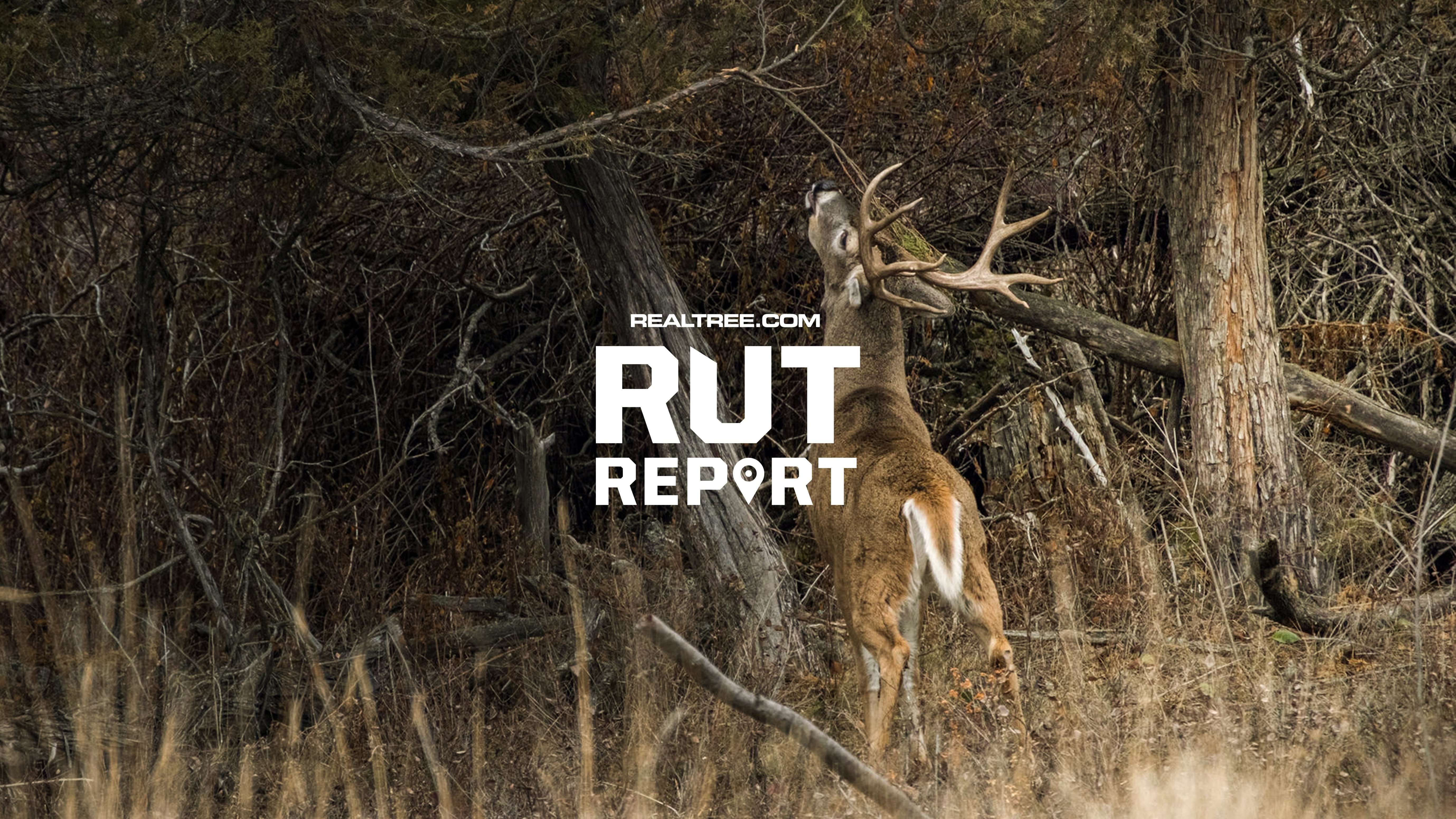Water conditions improved throughout nesting season, and several critical species showed increases

Overall mallard numbers jumped by 8%, but all the gains occurred in the survey’s northern and western regions. Photo by Albert Beukhof.
Breeding duck numbers increased slightly this past spring, and wetland habitat conditions improved across many areas, sparking optimism for the upcoming duck season.
The 2024 Waterfowl Population Status report, released this week by the U.S. Fish and Wildlife Service, estimated the breeding population of ducks at 33.99 million, a 5% increase from 2023. Meanwhile, May pond counts, a critical indicator of habitat conditions and potential production, increased by 4%.
“An increased breeding population of ducks and pair counts, along with wetland habitat conditions that improved throughout May and June with good spring rains across most of the prairies, should help boost duck production,” Dr. Frank Rohwer, president and chief scientist for Delta Waterfowl, said in a press release. “We definitely have potential bright spots for duck production in the eastern Dakotas and possibly in Manitoba. The spring rains really helped in those areas, as well as parts of Alberta that started the spring quite dry.”
Don’t Miss: Counting Ducks: The Inside Story Behind the North American Waterfowl Survey
All of the breeding population gains occurred in the far northern and western survey regions, Delta said. Just three of eight survey regions showed increases: the central and northern Alberta/northeastern British Columbia/Northwest Territories, Alaska Yukon Territory/Old Crow Flats, and northern Saskatchewan/northern Manitoba/western Ontario. Duck estimates across the Prairie Pothole Regions were down 10 to 16%, except for the eastern Dakotas area, which was down less than 1%.
Several duck species increased. Mallards jumped 8% to 6.61 million, or about 16% lower than the long-term average. The far northern and western mallard production regions accounted for all of the increases. Mallards decreased in every part of the Prairie Pothole Region, including an 8% decline in southern Saskatchewan, which has been relatively dry for several years but historically has more breeding mallards than any other region.
American wigeon increased considerably, up 55% to 2.92 million. Most of the increase occurred in far northern and western areas, although cotton-tops were also up in the eastern Dakotas and central Saskatchewan. Green-winged teal increased 20% to 3.01 million, and scaup (bluebills) jumped 16% to 4.07 million. Scaup still remain 17% below the long-term average.
Gadwalls declined 11% to 2.28 million but remain 11% above their long-term average. They were up 20% in the eastern Dakotas but down sharply across southern Canadian provinces. Blue-winged teal dropped 12% to 4.6 million, or 10% below the long-term average. Shovelers were down 7% to 2.65 million.
Pintails decreased 11% to 1.98 million overall, but were up in far northern and western survey regions. Despite the decrease, the Fish and Wildlife Service is implementing a new pintail harvest strategy starting with the 2025-2026 hunting season, and hunters in all flyways will be allowed to take three pintails daily in 2025-2026. The daily bag limit for the 2024-2025 season remains one pintail in the lower 48 states.
Canvasbacks and redheads declined this spring. Canvasbacks fell 8% to 566,000, and redheads decreased 16% to 782,000. Both species were up in the eastern Dakotas but down substantially in southern Saskatchewan.
The survey estimated 5.16 million total ponds, a 4% increase. The ponds estimate for the Canadian prairie and parklands — including southern regions of Alberta, Saskatchewan, and Manitoba — decreased 19%. Ponds in the United States, including Montana and the Dakotas, increased by 49%.
“The prairies didn’t have a good snowpack last winter,” Mike Buxton, waterfowl programs director for Delta Waterfowl, said in the press release. “Heading into last fall, conditions were OK in the Dakotas, but prairie Canada was dry. Manitoba got decent snow, but not so much in Saskatchewan and Alberta. So, the wetland habitat there started spring in poor condition. That really affects where ducks settle. If the table isn’t set early on, ducks don’t stick around to nest. Alberta was really dry, so not many ducks settled there. Saskatchewan was a little bit better.”
Buxton said wetland conditions improved across the Prairie Pothole Region as nesting season progressed.
“We had perpetual rains throughout late May and June (after the survey), and that really filled wetlands up and kept them full,” he said. “We were really fortunate to have sustained water in the eastern Dakotas and Manitoba throughout the majority of the breeding season. We expect to see good production in those places this year. Conditions in Alberta and Saskatchewan improved later in the spring.”
Don’t Miss: 4 Ways to Plan Ahead for a Better Duck Season
Delta reminded hunters that production typically drives the fall flight, which is comprised of the breeding population and young-of-the-year ducks.
The breeding population survey, which began in 1947, is conducted each year in May and June by the U.S. Fish and Wildlife Service and Canadian Wildlife Service by ground, airplane, and helicopter across a 2-million-square-mile area including parts of Alaska, Canada, and the north-central United States — the principal waterfowl breeding areas of North America. Biologists evaluate habitat conditions and provide information on the spring size and trajectory of 19 duck species or species groups, plus Canada geese, coots, and swans. The information is then used to establish annual waterfowl hunting regulations and provide long-term data for waterfowl conservation.












